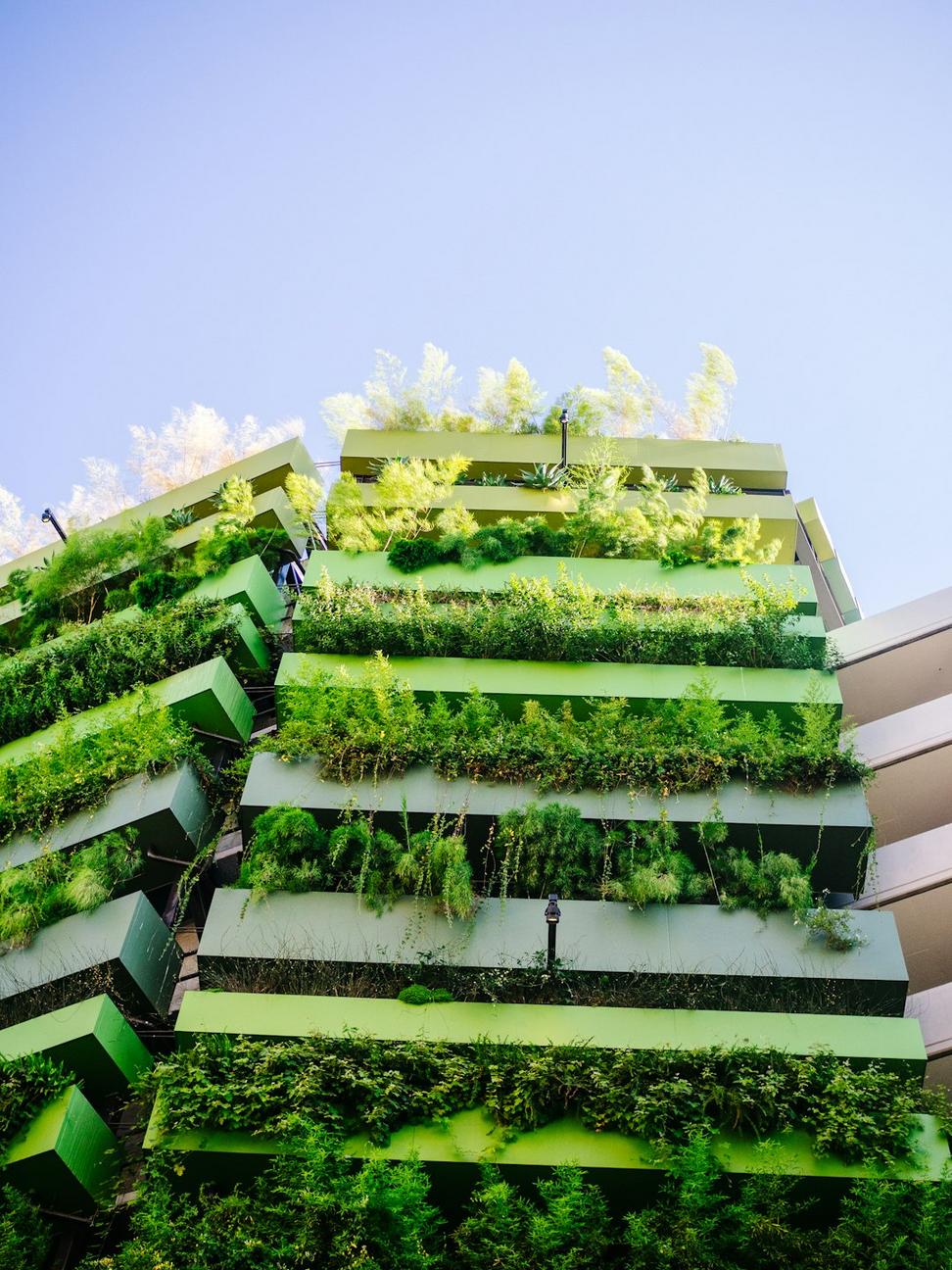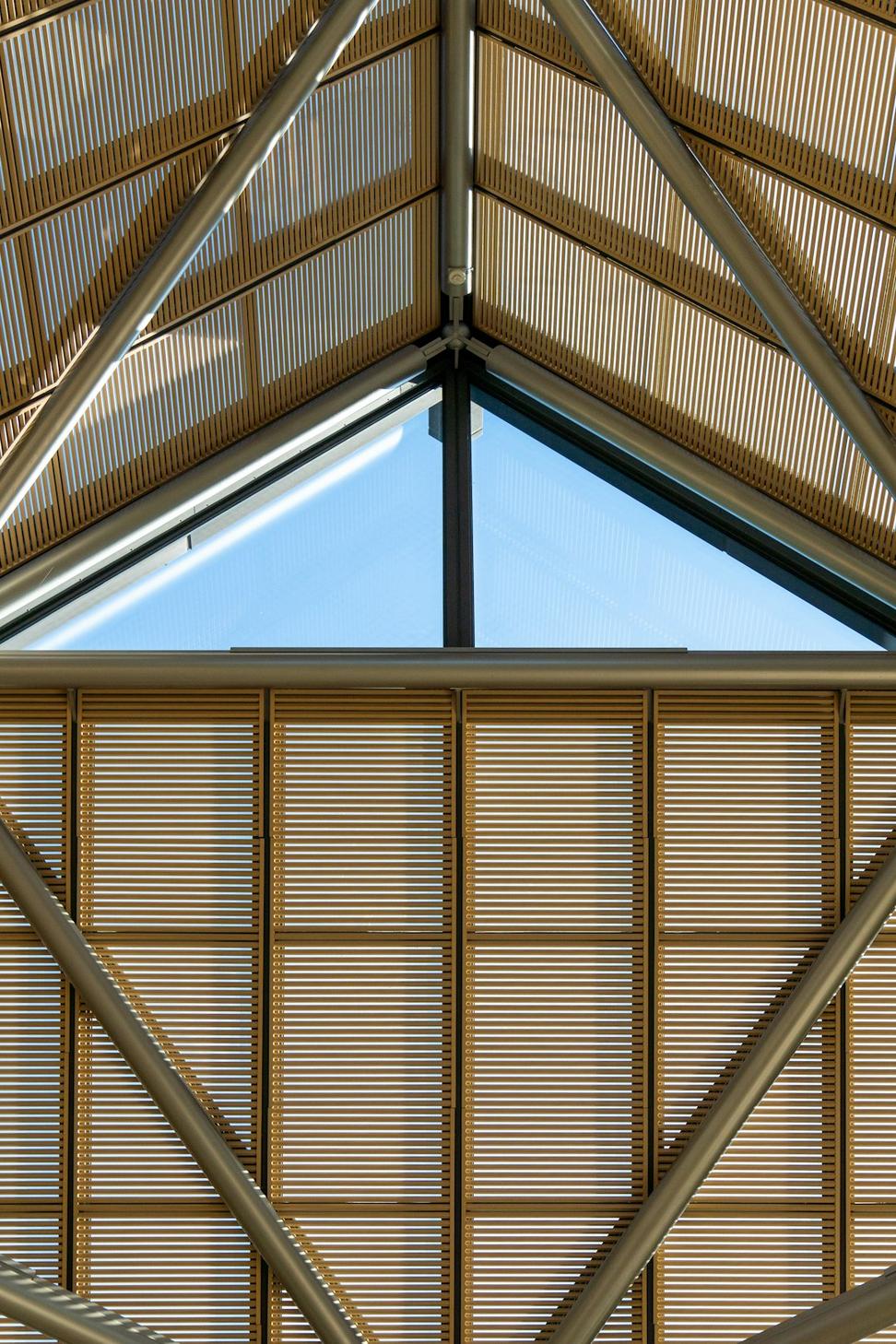
What We Actually Mean By Sustainable
Here's the thing - we've watched sustainability become this massive buzzword where everyone slaps a green label on stuff and calls it a day. That's not what we're about.
When we talk about sustainable design, we're thinking about the whole picture. Yeah, energy efficiency matters, but so does using materials that'll actually last. We've restored enough heritage buildings to know that the greenest building is often the one that's already standing - you just gotta know how to work with it.
We're not gonna pretend every project can be net-zero or LEED Platinum. Sometimes the most sustainable choice is being realistic about what works for your site, your budget, and how you actually live. That's where real impact happens.
